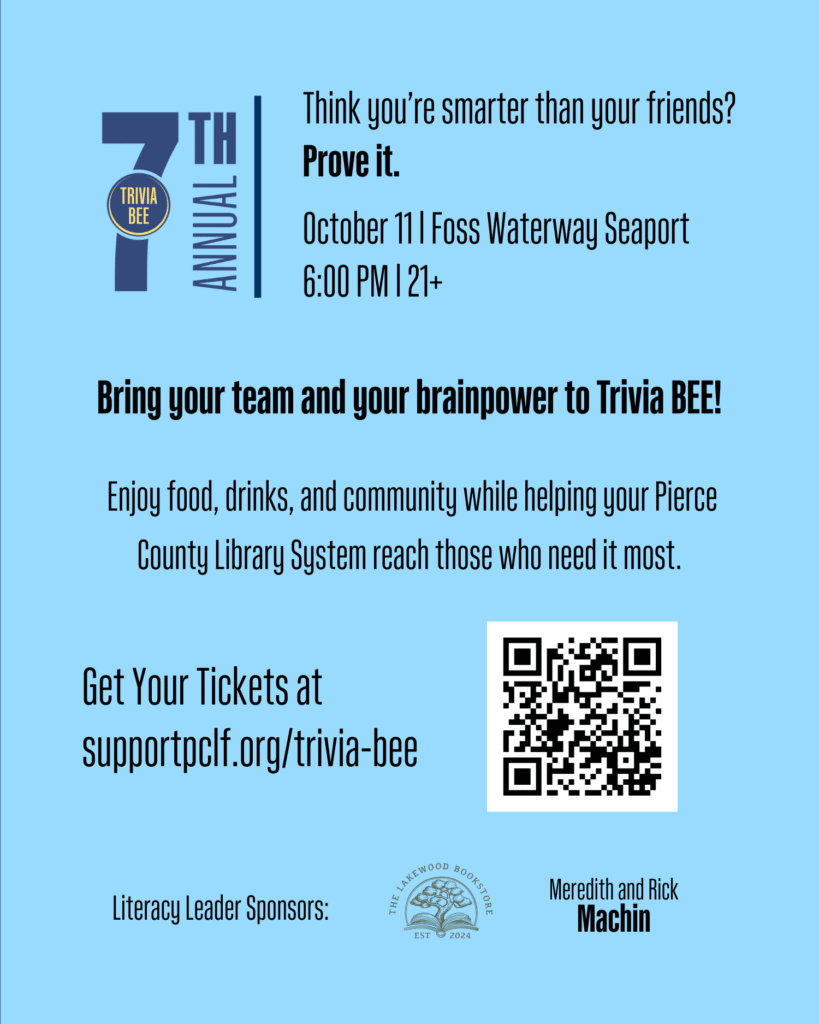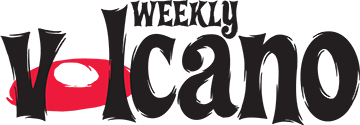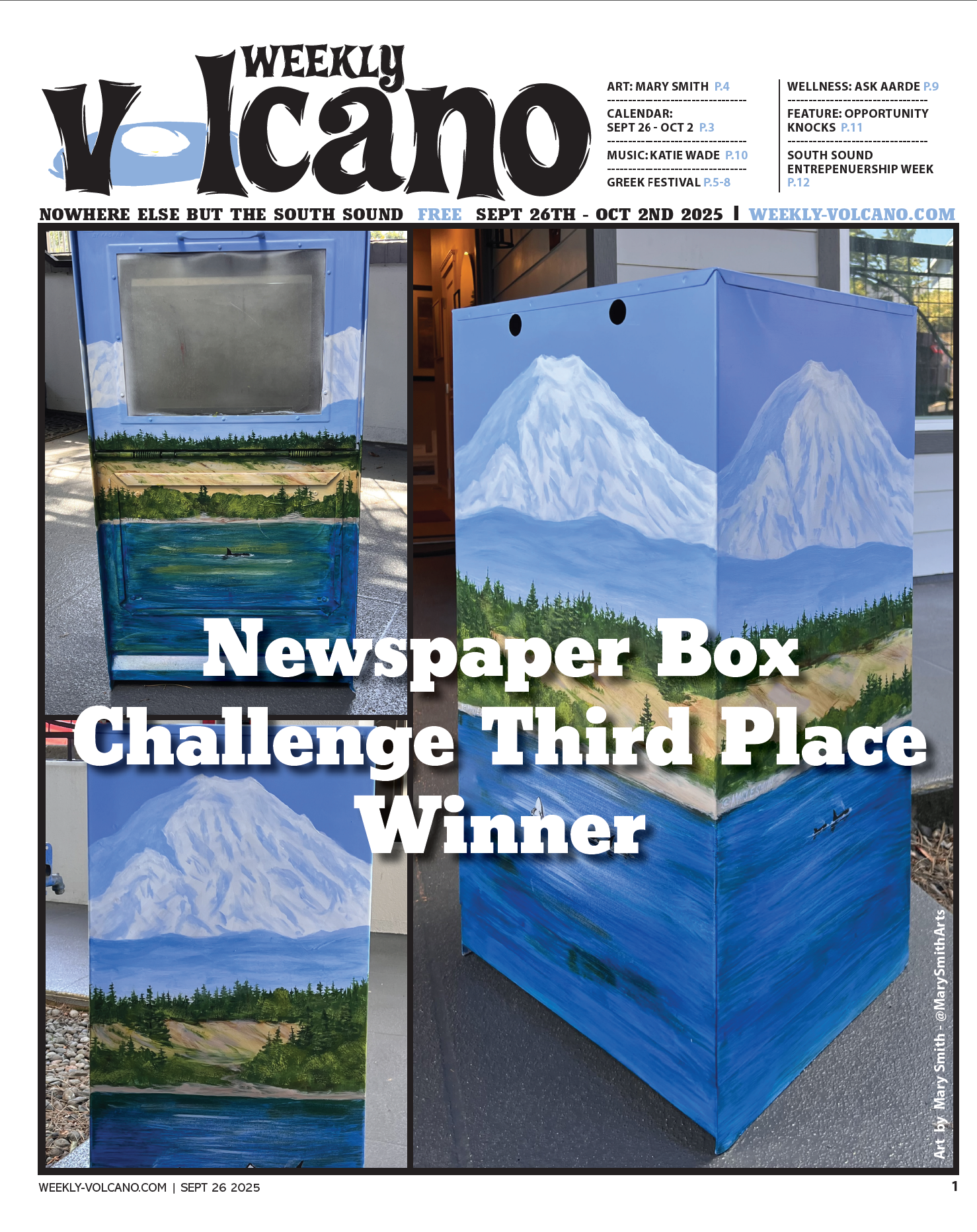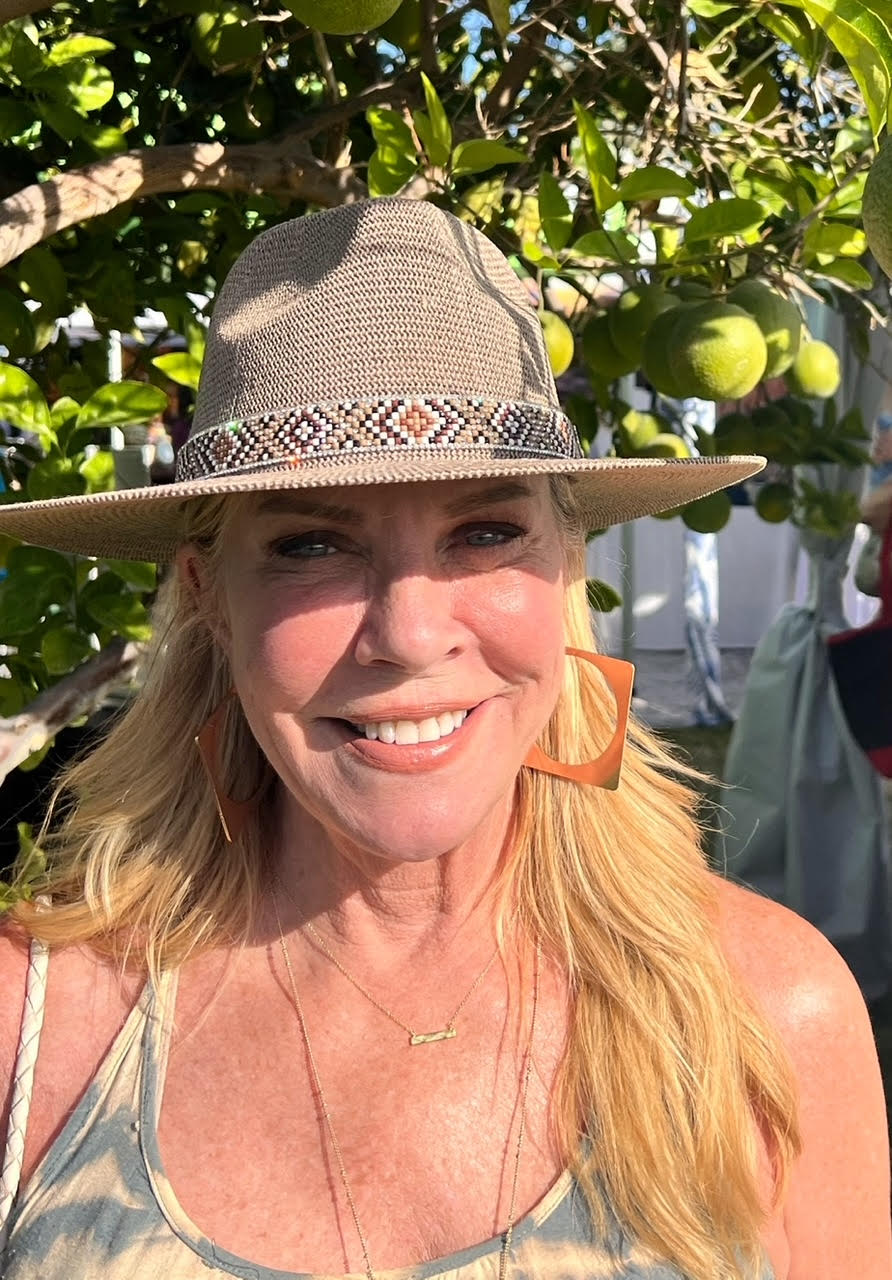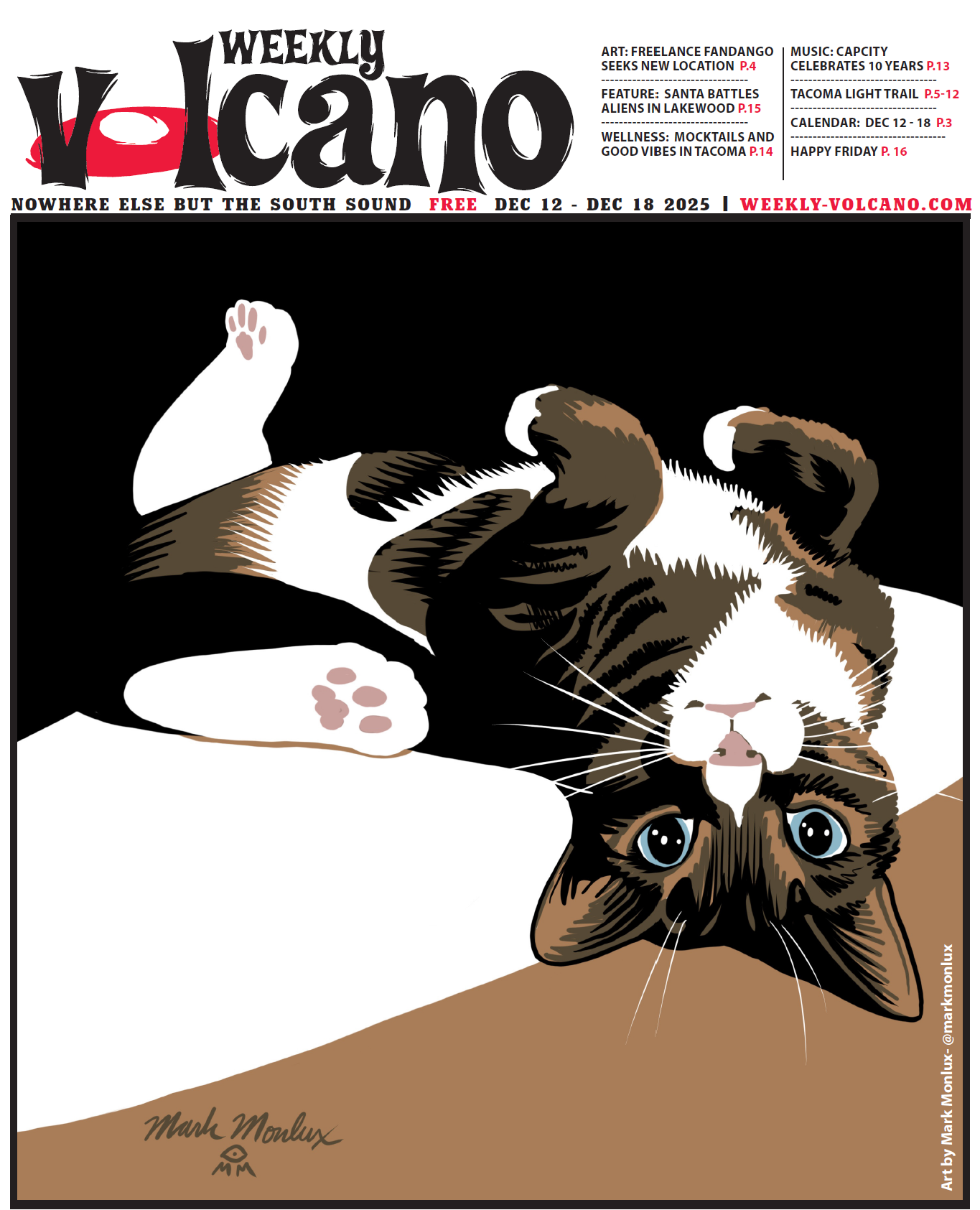BY SUZY STUMP for WEEKLY VOLCANO 09/26/25 |
When the results came in for the Weekly Volcano’s Newspaper Box Challenge, Mary Smith’s name as one of the top place winners was no surprise. Her work has long carried that rare ability to move between technical mastery and Pacific Northwest aesthetic—qualities that make her paintings feel at once grounded and dreamlike.
Mary’s creative life can be traced back to a crayon drawing in her fourth-grade classroom. She remembers layering a black tempera wash over waxy colors to reveal a magical underwater scene. “My teacher was so impressed she asked if she could keep it,” Mary recalls with a laugh. “I was so happy that I gave it to her without thinking. We all like to be praised, don’t we?” That encouragement laid a foundation, but the first moment she truly felt like an artist came later at Clover Park High School in Lakewood. In tenth grade she submitted a fish block print that was chosen for the cover of an event program. “I felt embarrassed but honored to be thought of as a real artist,” she says.

Living in Tacoma and Pierce County has proven central to Mary’s practice. She speaks of the waterfront, boats, Mount Rainier, and wooded trails with reverence. “Seeing the light through the leaves and thinking, ‘I wish everyone could experience this!’—that’s what drives me,” she explains. Her art is meant to stir wonder and calmness, offering viewers a portal to landscapes and seascapes they may not otherwise reach. These environments appear not just in subject matter but in the textures and atmospheres of her work. “My hope is that I can create artwork that stirs joy and calmness in the viewer so they might enjoy having my art in their homes if they cannot venture out and visit these places,” she says.
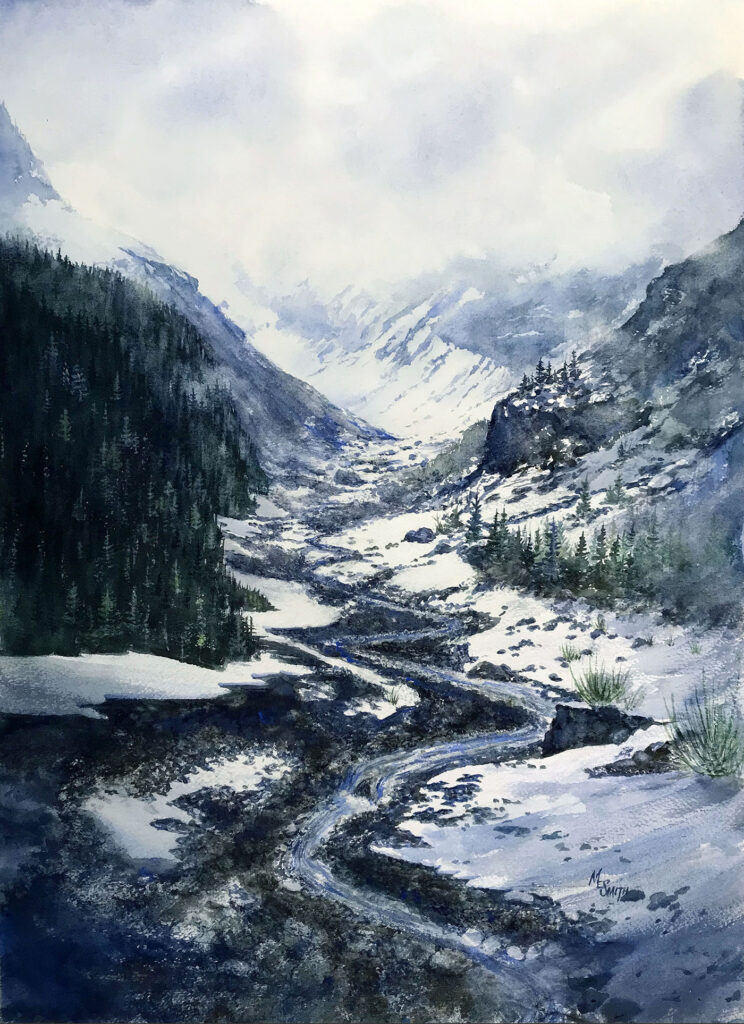
Mary’s process begins with sketches on paper or iPad, photographs, or commission requests. She then chooses the right substrate—watercolor paper, canvas, or another surface—and decides whether the piece calls for watercolors, pen and ink, or acrylics. She rarely works on a single piece in isolation. “I usually have several paintings and artsy projects going at one time so that while I am waiting for something to dry, I can work on another.” Once shapes are blocked in, she layers color to build depth. The joy comes in moments of unpredictability. “Letting the watercolors flow into each other (wet-into-wet) is mesmerizing. When dry, there are always surprise areas that I could not paint on purpose.”
The subjects Mary gravitates toward—snowy mountains, florals, nautical scenes—share a quiet resonance. “I love painting images that are soothing to my soul,” she says. The ocean in particular has called to her since childhood, when she watched Jacques Cousteau and later learned to scuba dive. Her tidepool paintings marry personal fascination with technical play, using powdered charcoal and washes of watercolor to suggest movement and flow. Mary cites John Singer Sargent, Winslow Homer, and Thomas Schaller as major influences. “Their use of light, shadows, atmospheric perspective and reflections in water have helped me loosen up my natural attention to detail.”
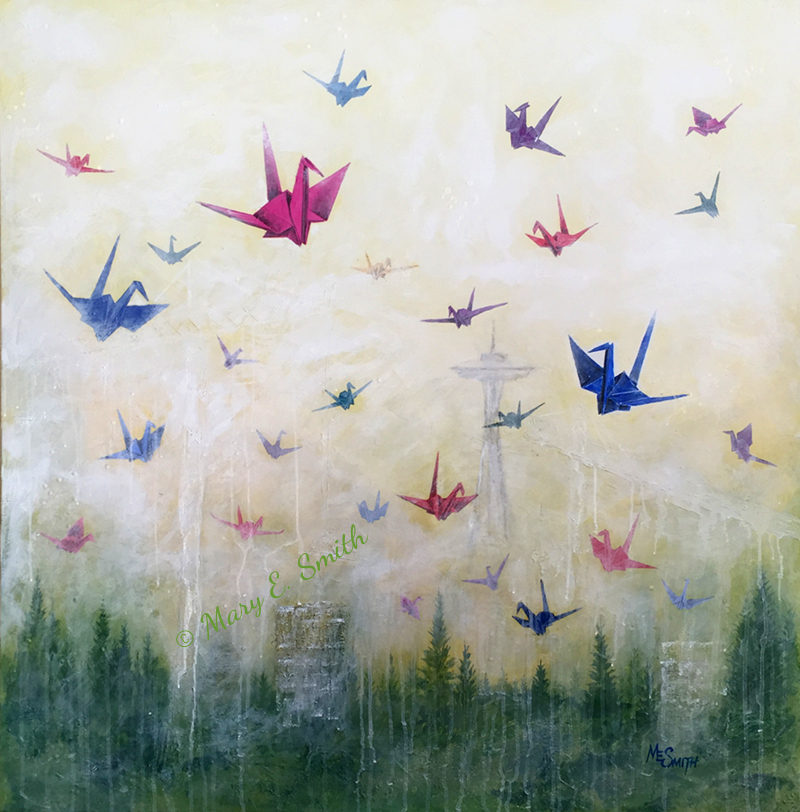
Sometimes a painting holds a story too personal to miss. One of Mary’s most moving works is Paper Flight, a 48-inch square acrylic created during her daughter Dori’s battle with a rare lymphoma. The cranes of Seattle’s skyline, fir trees of home, and origami cranes from hospital visits combined into a symbolic landscape. She finished the piece by dripping whitewash paint to signify tears and rain. “This is still an emotional image for me,” she admits, “but I’m glad it raised money for her extra expenses during the three months we lived in Seattle.” The painting now hangs in a friend’s log home across Puget Sound. Other works carry quieter but equally meaningful resonance. One watercolor of a local fishing dock and beached net hauler impressed the mayor so much she insisted on hanging a giclée print in her office to welcome visitors.
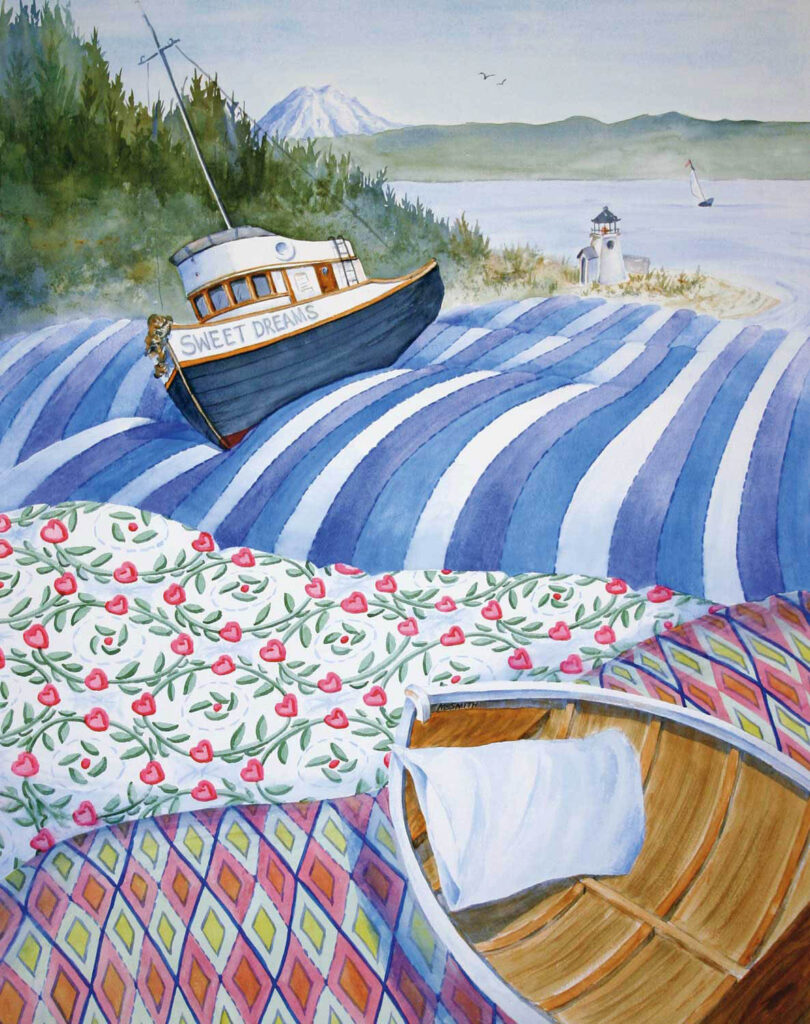
Though she entered competitions for years before feeling “worthy” to teach, Mary now embraces instruction wholeheartedly. When the pandemic struck, she pivoted to online classes, offering guidance to beginners and those stuck in creative ruts. Her teaching continues with both online and in-person sessions. This fall she’ll launch another six-week Late Bloomers Art Challenge, featuring step-by-step guides, one-on-one coaching, and weekly group tutorials over Zoom. She also plans more watercolor notecard workshops in Tacoma and beyond.
Next on her easel is an ambitious project for the “Save Tacoma’s Landmark Church” fundraiser. Mary will paint Holy Rosary Catholic Church—either in watercolor or acrylic—for an auction during a dinner and costume party on November 1. She hopes other artists will join her in raising awareness and funds to restore the Gothic revival treasure. She continues to dream, too, about new experiments, more workshops, and growing her “Artsy VIP” list to keep patrons and students informed. Her vision is always outward, toward landscapes and communities larger than herself.
At the end of the day, Mary wants people to feel awe, calmness, and curiosity when encountering her art. She calls her favorite subjects “Intimate Landscapes,” places that most people may never stumble upon themselves. “I also hope they become interested in trying watercolor for themselves,” she adds. That generous impulse—to share, to invite, to spark wonder—is what made her third-place finish in the Newspaper Box Challenge resonate so strongly. The competition celebrates creativity across Tacoma, but Mary’s entry reminded us why art matters: because it carries the power to connect us to place, memory, and to each other.
From a crayon drawing in fourth grade to teaching late bloomers how to splash their first washes of watercolor, Mary Smith has built a life in which every surprise, every experiment, and every layer matters. To get in touch with Mary about her art or her upcoming classes, visit her website: marysmithart.com.

